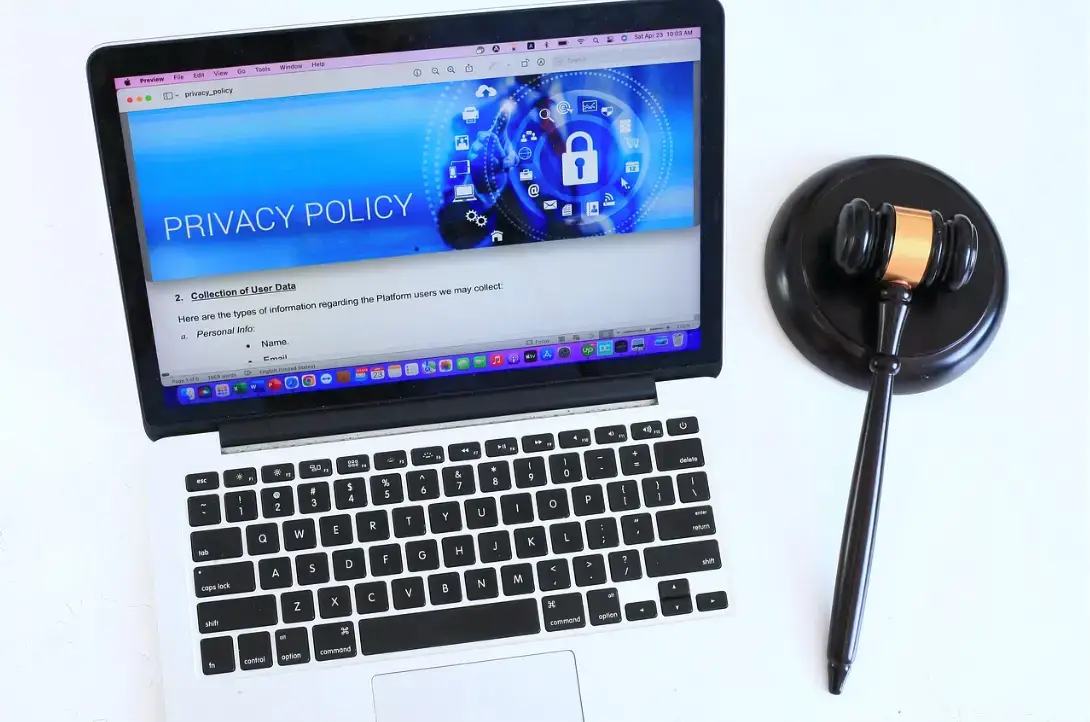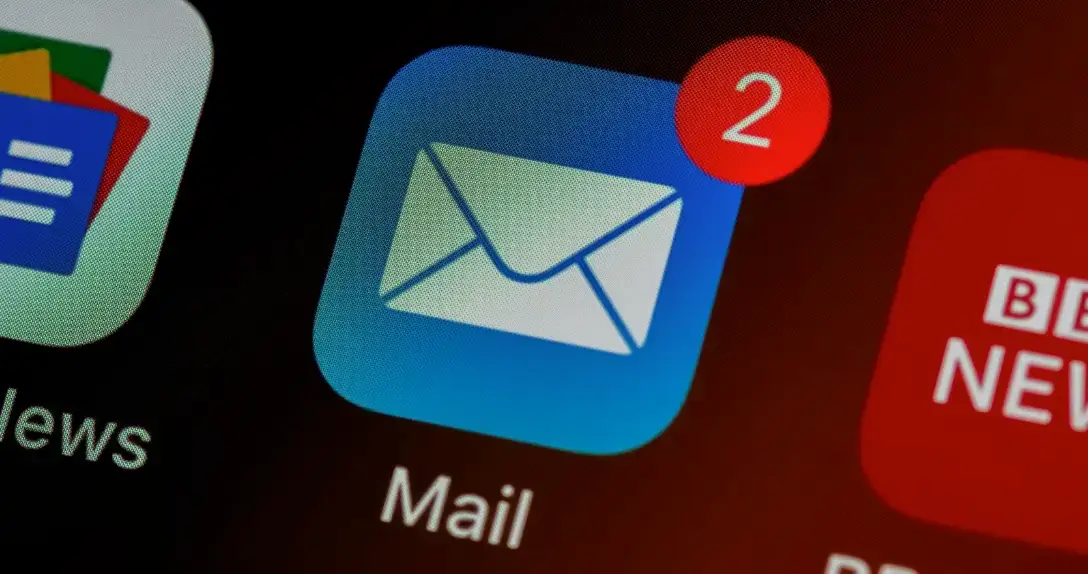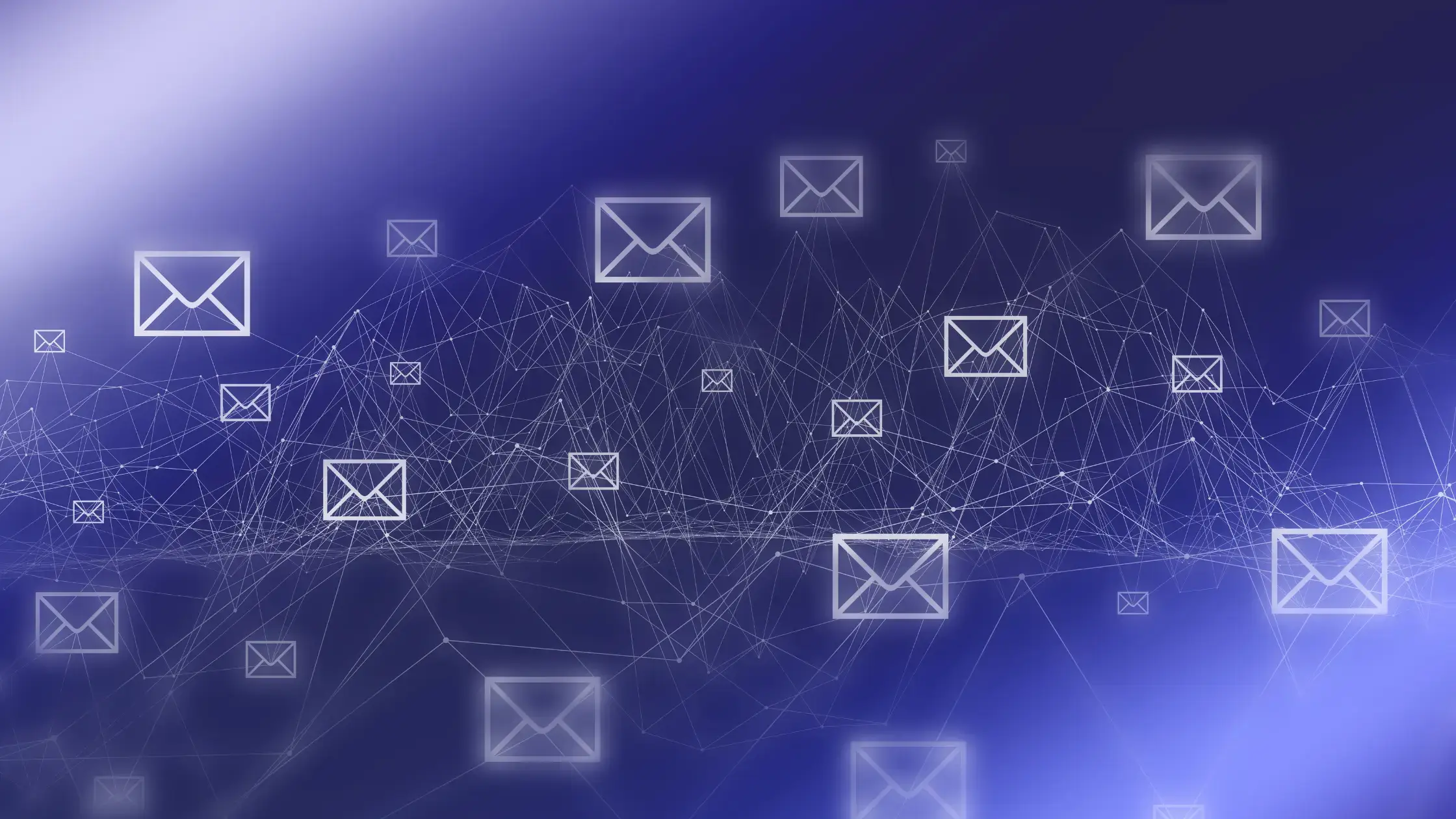Cold emails can be an effective way to reach potential clients, but they can also be a waste of time if they don't get delivered or engage the recipient.
Fortunately, AI can help boost both deliverability and engagement rates.
In a crowded online landscape, where your message is just one among many vying for attention, using AI-powered cold email campaigns can be a game changer.
These tools ensure that your emails find their way to the right inboxes and, at the same time, capture the recipient's interest, turning disengaged prospects into qualified leads.
In this article, we'll explore how AI can help improve the success of your cold email campaigns.
Skip to:
- What are Cold Email Campaigns?
- Common Challenges of Cold Email Campaigns
- How AI Improves Email Deliverability
- How AI Boosts Email Engagement

We'll discuss the significance of AI in cold emails, best practices for strengthening your deliverability, and strategies for using AI to improve engagement rates.
By the end, you'll better understand how AI can help you achieve your cold email campaign goals.
What Are Cold Email Campaigns?
Cold email campaigns are a common tool in marketing, sales, and networking. Their primary purpose is to initiate a conversation or relationship with the recipient, even though you have no prior connection to them.
When done right, cold emails can be highly personalized and make recipients feel like they're not just receiving a generic message but one tailored to their needs and interests.
These campaigns offer a cost-effective way to reach potential customers, generate leads, and establish business relationships.
However, nailing your cold email campaign is easier said than done. You have to get all the factors right, including the following:
- List Segmentation: Targets specific groups of recipients with tailored messages more likely to resonate with them. It requires data labeling and collection to understand which segment each recipient or prospect belongs to.
- Subject Line: The first thing the recipient sees can determine whether or not they open the email.
- Personalization: It makes your emails feel more human and relevant to the recipient.
- Value Proposition: Explains why recipients should care about your email.
- Call to-Action (CTA): Tells recipients what they should do next after reading your message.
- Send Time: Schedules your emails to be sent at times when recipients will be able to see them in their inboxes.
- Deliverability: Determines whether recipients will receive your email.
If you want an email marketing campaign that converts, it's crucial to master these elements, as they are the building blocks of effective communication and relationship-building with your audience.
You need to carefully craft your messages and consider these factors to enhance the chances of your cold email campaigns achieving their intended goals.
Common Challenges of Cold Email Campaigns
Being mindful of the factors above will prevent your cold email campaign from failing. Below are the most common challenges you will face with an unsuccessful campaign.
You can also consider these metrics to help you identify what went wrong.
- Low open rates
The open rate refers to the percentage of recipients who opened your email. This metric determines how effectively your subject lines get people to open your emails.
You may send hundreds or thousands of emails, but they may open only a tiny fraction of them. It could be due to poor and impersonal subject lines.
- High bounce rates
The bounce rate tells you how many emails were not delivered to the prospect’s inbox. It happens when you use the invalid email addresses of the recipient.

Source: The Online Advertising Brand
High bounce rates can negatively impact your email deliverability and sender reputation.
Your upcoming emails may go to the recipient’s spam folder, decreasing their chances of seeing them.
- Low conversion rate
It is the percentage of recipients who performed your desired action, i.e., replying to your cold email after reading it. This metric can help you understand how effectively your email drives conversions.
Let’s say you sent an email looking for more work from prospects. They opened and read your email but didn’t reply. It means your email isn’t personalized enough or has an unsatisfactory value proposition.
It’s also possible you have an unclear CTA.
For instance, if you want more people to click on your marketing portfolio in the email, ensure the copy reads well and has a clear call to action, for example, by increasing the button’s size and color.
- Unsubscribes and complaints
If recipients are not interested in your emails because they find them irrelevant or of low quality, they may unsubscribe or mark them as spam.
It can lead to a decrease in your email engagement rates and harm your reputation.
- Compliance issues
You must ensure your emails comply with various laws and regulations.
For example,
- Europe’s General Data Protection Regulation (GDPR),
- the US Controlling the Assault of Non-Solicited Pornography and Marketing Act (CAN-SPAM), and
- Canada’s anti-spam legislation (CASL).

Source: Pixabay
For example, GDPR states that you can’t send cold emails to people who didn’t willingly give you their emails in the first place.
Sending unsolicited emails without the recipient’s consent could lead to legal consequences and further harm your brand.
- Low delivery rate
The delivery rate is the percentage of emails successfully delivered to the recipient's inbox. It is an essential metric because if you can’t send your emails, people won’t be able to read them.
How AI Improves Email Deliverability
- Email warm-up
- Email list cleaning
- Optimized deliverability
If you’re experiencing cold email deliverability issues, AI is here to help.
It ensures that your intended audience receives your emails without problems. It also helps craft your message to improve open and conversion rates.
Sound impressive? That’s because it is! So, let’s begin.
- Email warm-up
Before sending your cold emails, the first thing to do is improve your email’s deliverability rate. It ensures that your emails aren’t in your recipients’ spam folders.
To do this, you must warm up your email account. The goal is to improve your sender reputation by sending 10–20 messages to working email addresses (not just to anyone!) daily for the next two weeks.
And here's the good news: AI-powered conversion optimization tools can make this process easier.
You can use a range of tools to create a customized strategy that will help improve the deliverability of your emails. The key here is to understand your target audience and goals.
With the right plan in place, these tools will then send out automated emails to recipients who are genuinely interested and likely to reply.
This intelligent approach ensures your emails not only reach the right inboxes but also get the attention they deserve, ultimately boosting your conversion rates.
- Email list cleaning
To maintain your sender reputation, you must lower your bounce rate by only sending messages to working email addresses.
It means identifying and removing invalid addresses from your list.

Source: Unsplash
AI-powered tools can help you clean up your email list. Upload the emails in your cold email campaign to the tool, and it will identify and remove invalid email addresses, spam traps, and other problematic ones.
You can then download the clean list and not worry about high bounce rates again.
- Optimized deliverability
AI can help you avoid spam triggers by analyzing your email content and ensuring that it does not contain any spammy words or phrases.
It can also monitor your reputation and ensure recipients receive your emails in their inboxes.
AI-powered tools will check your email’s spam score to ensure the messages will arrive in your prospects’ inboxes. It can also check headers and HTML support across all email clients.
From here, you can rework your subject lines, headlines, and email copy for your audience.
It will help avoid marking your emails as spam and improve their open rates and conversions.
How AI Boosts Email Engagement
- Email segmentation
- Personalization
- Send-time optimization
- Content generation
- A/B testing
AI can also boost the engagement of your cold email campaigns, whether building links with authoritative websites or promoting your upcoming event.

Source: Unsplash
With it, you can personalize your emails, optimize your content, and improve your email strategy. Here’s how:
- Email segmentation
Use AI to segment your email list based on various criteria, such as demographics, behavior, and interests. It will help you send targeted messages to specific groups, increasing open and click-through rates.
In addition, you can now find cold-calling software that seamlessly integrates new potential leads into your sales workflow using its extensive database.
Using these tools, you can build an email segment tailored to your specific goals. Whether you aim to promote a blog post or generate sales leads, the process is flexible.
You can select the campaign type and specify a topic keyword to search for highly targeted prospects, which helps ensure your outreach is precise and effective.
- Personalization
AI tools can help you personalize emails beyond just using the recipient's name.
With help from content writers with email copywriting experience, you can use data to tailor your message to the recipient's interests, industry, or location.
It will be critical to make your emails more relevant and increase their chances of engagement.
Leveraging AI also lets you tailor your emails based on the recipient's behavior, preferences, and other factors.
With these smart tools, you can write an effective cold email from scratch and ensure that every word resonates with your potential client.
How do you add a personal touch to your cold email campaigns? You can start with a personalized opening line that instantly hooks your recipient's interest.
Also, avoid using generic or overly common openers. Instead, pick up on a specific aspect of the prospect's life or work, like a recent achievement, a noteworthy blog post, or a project they've recently completed.
However, it is good to remember that the type of personalization you’ll use in your campaign depends on your goals.
If you want to build links through cold emails, you need to mention which page you want to get a link from and why they should link to you.
In this case, you must identify the exact page and reason for each recipient or segment.
- Send-time optimization
The best time to send cold emails depends on who you ask. You can use AI to gather data from your campaigns to help see the days and times when prospects opened and replied to your emails the most.
By analyzing recipients’ behavior and engagement patterns, you can schedule your emails to be sent on these days and times, resulting in higher open rates, click-through rates, and conversions.
Once you have the data from your previous campaigns, you can use these on your upcoming campaigns. Then, schedule the cold email outreach on the best days and times.
In addition to using AI, you can also consider email tracking to monitor the actions done on your sent emails and determine the best time to send your cold emails.
- Content generation
One of the key ways AI boosts engagement in email marketing is by supercharging content creation.
It’s no secret that the quality and relevance of the content you send out can make a huge difference in keeping your audience engaged and prompting them to take action.

Source: Pixabay
AI-driven content creation tools take this a step further.
They are capable of crafting content that's not only compelling but also tailored to the specific interests of your audience.
This personalized touch engages your readers and encourages them to interact with your emails.
What’s more, these AI tools are also your ticket to improving your Google keyword ranking.
You need to look into search trends, know the most pertinent keywords for your industry, and see how your content is performing.
For this, AI fully optimizes your content for search engines. It means that your email content doesn't just captivate your readers.
It also can draw in new prospects by securing a higher position on search engine results pages.
- A/B testing
To discover what best engages your audience, use A/B testing to experiment with different subject lines, email copy, and calls to action.
For this, you can use AI tools to analyze the results and optimize your emails for better performance.
For instance, there are UX research tools that offer A/B testing features, which provide valuable insights into how you can enhance your email campaigns.
By leveraging AI, you can automate the A/B testing process and quickly determine the most effective email content and strategies.
With a better understanding of what resonates with your recipients, you can improve your cold email strategy and direct your efforts toward what genuinely yields results.
As a result, you can increase your chances of success in your email campaigns and drive more conversions.
Conclusion
AI-powered cold email campaigns are a powerful tool for improving email deliverability and engagement rates.
With these tools, you can personalize your emails, optimize your campaigns, and scale your efforts for maximum impact.
Even more impressive, you can achieve all these with minimal effort. That means you can improve your cold email outreach in a few clicks and focus on the results or other vital parts of your business.
Ready to elevate your cold email game?
Take the next step by incorporating AI into your strategy. Give it a try and watch your outreach efforts soar to new heights!

